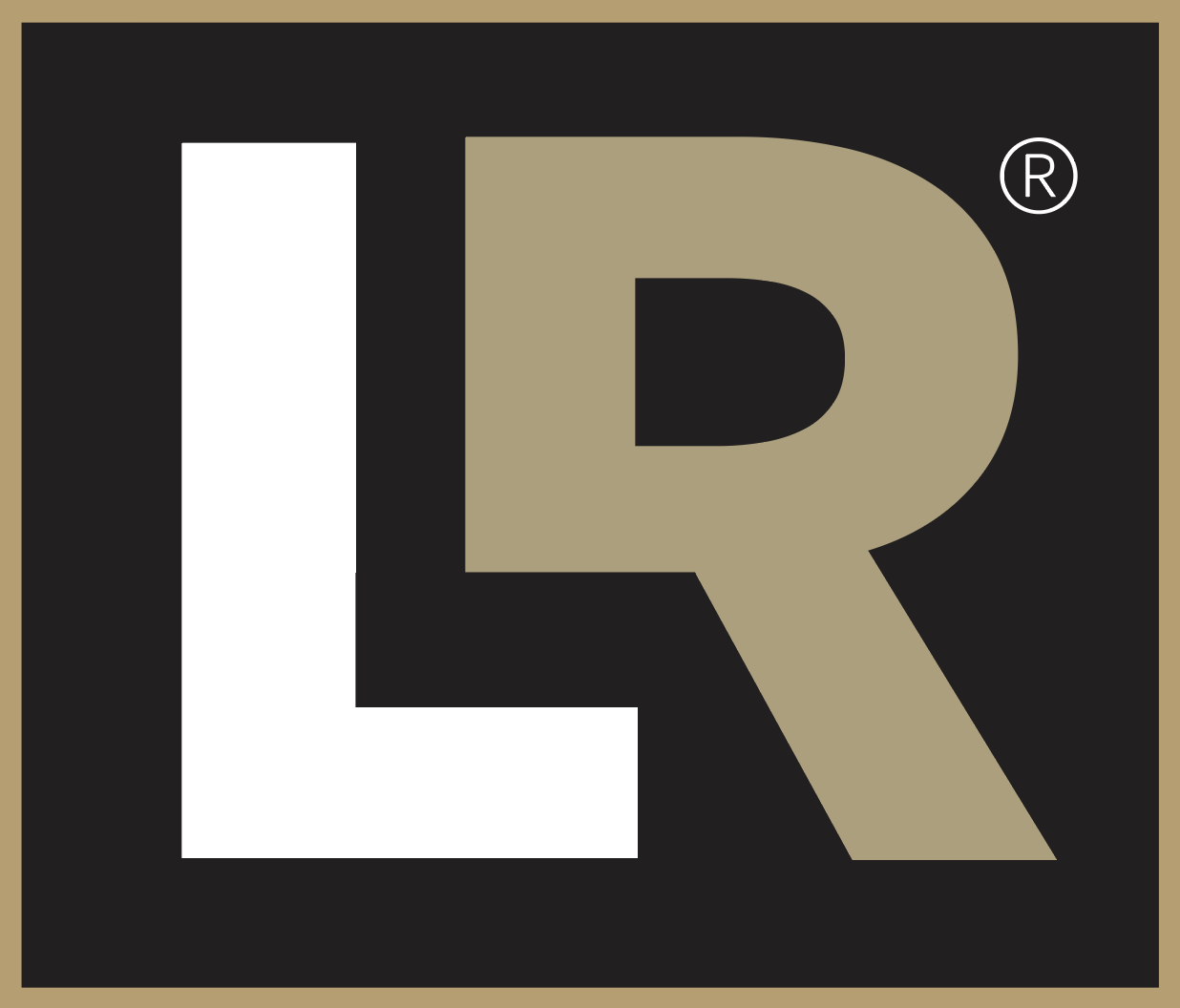HMO, PPO, POS, EPO, & HDHP: What's the Difference

HMO, PPO, POS, EPO, & HDHP: What's the Difference
When it comes to choosing a health insurance plan, the plethora of acronyms can be daunting. HMO, PPO, POS, EPO, and HDHP – these terms may seem like a foreign language, but understanding their differences is crucial in selecting the right coverage for your needs. In this comprehensive guide, we'll break down each type of plan, explore their pros and cons, and help you make an informed decision.HMOAn HMO, or Health Maintenance Organization, is a type of managed care plan that provides comprehensive health services through a network of contracted healthcare providers. Under an HMO plan, you usually must designate a primary care physician (PCP) who oversees your healthcare needs and directs you to specialist consultations if necessary.Pros:
Lower out-of-pocket costs (premiums, deductibles, and copays)
Preventive care is often covered at no additional cost
No claim forms to file for in-network services
Limited choice of healthcare providers (you must stay within the HMO's network)
Referrals are typically required for specialist visits
Higher out-of-pocket costs for out-of-network services
Greater choice of healthcare providers
No referrals are required for specialist visits
Coverage for out-of-network services (at a higher cost)
Higher premiums and deductibles than HMOs
Higher out-of-pocket costs for out-of-network services
Potential for claim forms and paperwork for out-of-network services
Lower out-of-pocket costs for in-network services
Access to out-of-network providers (at a higher cost)
Referrals are often required for specialist visits (which can help coordinate care)
Higher premiums and deductibles than HMOs
Higher out-of-pocket costs for out-of-network services
Potential for claim forms and paperwork for out-of-network services
Lower premiums and deductibles than PPOs
No need for referrals for in-network specialist visits
No claim forms for in-network services
Limited choice of healthcare providers (no out-of-network coverage, except in emergencies)
Higher out-of-pocket costs for out-of-network services (if covered at all)
Lower monthly premiums compared to traditional plans
Tax-advantaged HSA contributions and earnings
Opportunity to build savings for future medical expenses
Higher out-of-pocket costs before the deductible is met
Limited coverage for preventive care before meeting the deductible
Potential for higher costs for certain medical conditions or services
 Photo by Leeloo Thefirst from Pexels
Photo by Leeloo Thefirst from Pexels
Provider Network: Evaluate the plan's network of healthcare providers, ensuring that your preferred doctors, hospitals, and specialists are included.
Cost: Consider the premiums, deductibles, copays, and out-of-pocket maximums for each plan. Determine which option aligns with your budget and anticipated healthcare needs.
Coverage: Assess the plan's coverage for essential services, such as preventive care, hospitalization, prescription drugs, and specialty care.
Flexibility: Consider whether you value the ability to seek care from out-of-network providers or if staying within a specific network is suitable for your needs.
Health Savings Account (HSA) Eligibility: If you're interested in contributing to an HSA, ensure that the plan qualifies as an HDHP.

